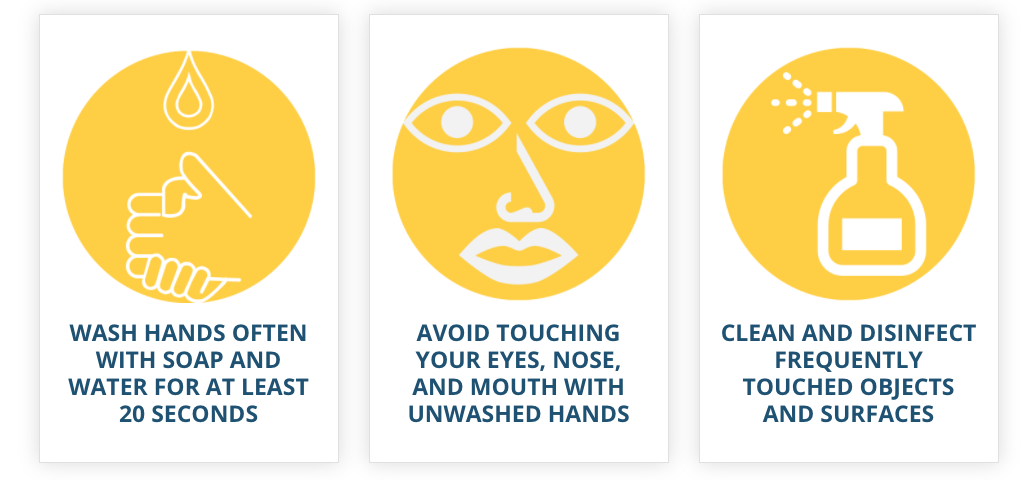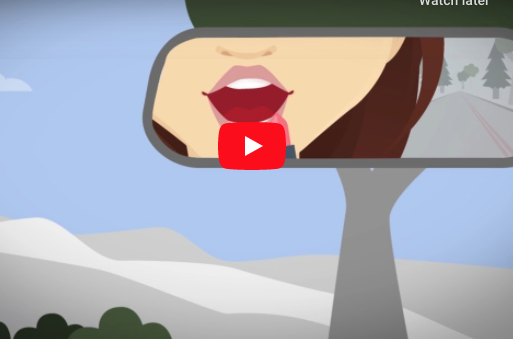Driver’s Ed: Worth It or a Waste?

In 2008, teen drivers were responsible for 6,428 fatalities on our nation’s roadways. In fact, Wayne K. Tully, Chief Executive Officer at National Driver Training, reports that the crash rate for 16-year-old drivers is nearly five times that for drivers over 25. This is a sobering statistic for the parents of new drivers.
Enrolling teens in a qualified driver’s education course may help parents ensure that their children stay safe while out on the road. However, some parents question whether these courses are really worth spending the time and money. If you are among these parents, clarification about the following driver’s ed misconceptions may help you come to a decision.
Myth: Requirements for Driver’s Education are Standard Across the Country
Depending on where you live, you may either believe that drivers’ education classes are mandatory or that they are optional for all teen drivers. The fact is that driver’s licensing requirements and teen restrictions vary significantly by state. Some states, such as Florida and Texas, require teens to complete a driver’s ed course before they receive their licenses; other states, such as Georgia and New Jersey, have no education requirements at all.
Just because the course is not required, however, does not mean that it’s not useful. In addition to learning important defensive driving techniques, students in these classes will be taught the many rules of the road, including things you may have overlooked mentioning if you taught your child to drive on your own. Knowledge of these rules can prevent both accidents and ticketing, which can make insurance rates for your teen skyrocket.
Myth: Driver’s Ed Classes Make Teen Drivers Less Safe
In 2009, the National Highway Traffic Safety Administration conducted a study to evaluate the effectiveness of driver’s education courses. In their conclusion, they stated that “the notion that a traditional driver’s education course can by itself produce safer drivers is optimistic.” They also found that some driving classes did not teach students safe driving habits.
This perpetuated the myth that driver’s ed classes make teens less safe, which is not true. The main problem pointed out in the study was that these courses are not regulated and those that teach students only enough to allow them to pass their driver’s license exams are not sufficient for properly teaching teens to drive. They should be supplemented with behind-the-wheel instruction from parents.
The other problem occurred in states that had removed many of the restrictions placed on teens (such as the limitation on passengers or bans on night driving without an adult present) for those who had passed a driver’s education course. Because the first year that teens drive is the most dangerous, it was the removal of these restrictions that was making teens less safe, not driver’s ed classes.
Myth: Driving Schools and Driver’s Education Classes Are Basically the Same Thing
Though driver’s education includes time spent behind the wheel with a certified driving instructor, it is different from a basic driving class.
Driving schools tend to focus almost exclusively on behind-the-wheel training and frequently teach students just enough to enable them to pass their licensing exam. Students may spend time driving on the course or on roadways they will need to drive for their tests, and they will practice the skills, such as parallel parking, that many states require they demonstrate. Very few of these driving schools spend much time teaching detailed safety and defensive driving techniques.
A qualified driver’s education course, on the other hand, will typically include about 30 hours of classroom time and six hours of actual driving time. Students are expected to practice the skills they learn on their own time with their parents or guardians. A driver’s education course will include much more information about rules of the road and safety.
Myth: All Driver’s Education Courses are Created Equal
Driver’s education courses are not federally regulated, though some states and local municipalities have their own standards. As such, some schools are much better than others. This was a point that was brought up in the National Highway Traffic Safety Administration study mentioned above.
In response to this problem, the NHTSA recently issued guidelines to be followed by driver’s education courses, but these guidelines are merely recommendations; they are not requirements. If states are looking for a program that works, they can turn to Oregon, which is frequently lauded by experts for its highly comprehensive program. Oregon’s program has had a significant impact on the reduction of teen-related traffic accidents.
For the most part, however, the programs offered in various states are all over the map. It’s best to try to find one that advertises its adherence to the NHTSA guidelines. Read Full Article




























